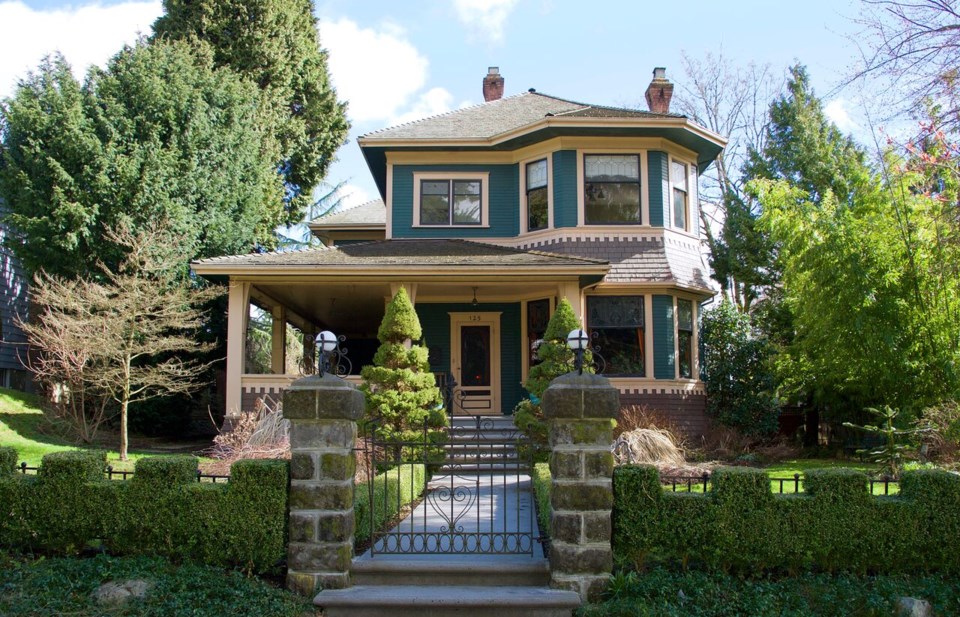Dear Editor: The Queen’s Park neighbourhood has a long-standing tradition of failing to protect heritage homes in good condition.
This has become more important than ever because in the Queen’s Park heritage conservation area (QPHCA), overall appearance will affect general housing values for the 700 affected properties. Charming old homes is what attracts people to historic districts. Run-down houses – not so much.
Queen’s Park has a long documented history of grand, beautiful, well-maintained homes going into sad disrepair. For example, I live in a 1908 Edwardian home on Fifth Street built by the daughter of Alexander Ewen, famous cannery baron on the Fraser River. In a 1915 photo, it is in top condition. But by the 1980s, it was in such bad disrepair, it was considered a tear-down and didn’t even make the heritage homes survey of that era.
We were not the only house that has fallen into disrepair in its past. Let’s face it, the local heritage society spends nearly 100 per cent of their time and efforts rescuing old homes. Why do they need to rescue these homes? Because homeowners failed to maintain their major asset over time.
Most architecturally controlled zones (like the QPHCA) closely monitor quality of repair of each house (unlike the QPHCA). Why do they do this? To maintain the overall value of the homes in the entire neighbourhood. If they are successful at maintaining the appearance of all homes, individual home values will rise. That’s the argument.
The New Westminster planning department argues that they don’t need to give incentives to well maintained heritage homes.
Why? Their logic is that the homeowner will keep their house in good repair because it will help preserve the value of their major asset over time.
If that is true, why didn’t this work in Queen’s Park in the past? History has proven this logic is wrong.
You could argue that the threat to well maintained heritage homes in Queen’s Park is greater than ever. Why? Because of an aging population of homeowners who are retired; increased property taxes that stretch budgets and finally, the demands of the QPHCA that requires any home improvements be of a certain quality. For many, the choice will be to do no repairs at all.
This is the elephant in the room for the QPHCA. No one wants to force a senior to repair their house when they are struggling to keep the lights on. I know I don’t.
But the city planning department needs to acknowledge this problem and look to other jurisdictions for advice and help. Since incentives for homeowners in the QPHCA is the topic du jour; how about some incentives to keep good heritage homes in good shape? We can’t afford to rescue them all.
Don’t let history repeat itself.
Nancy Shaw, New Westminster



